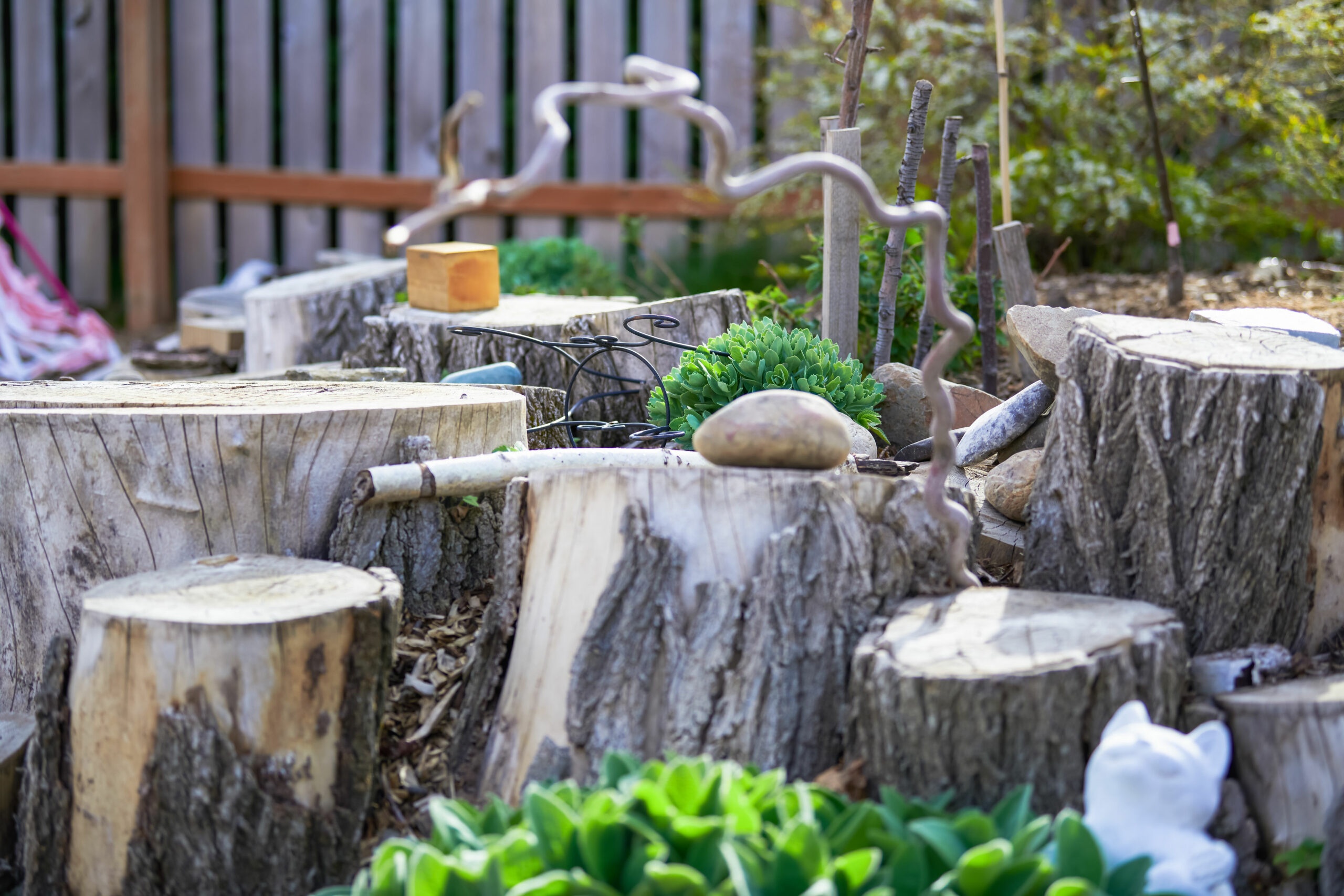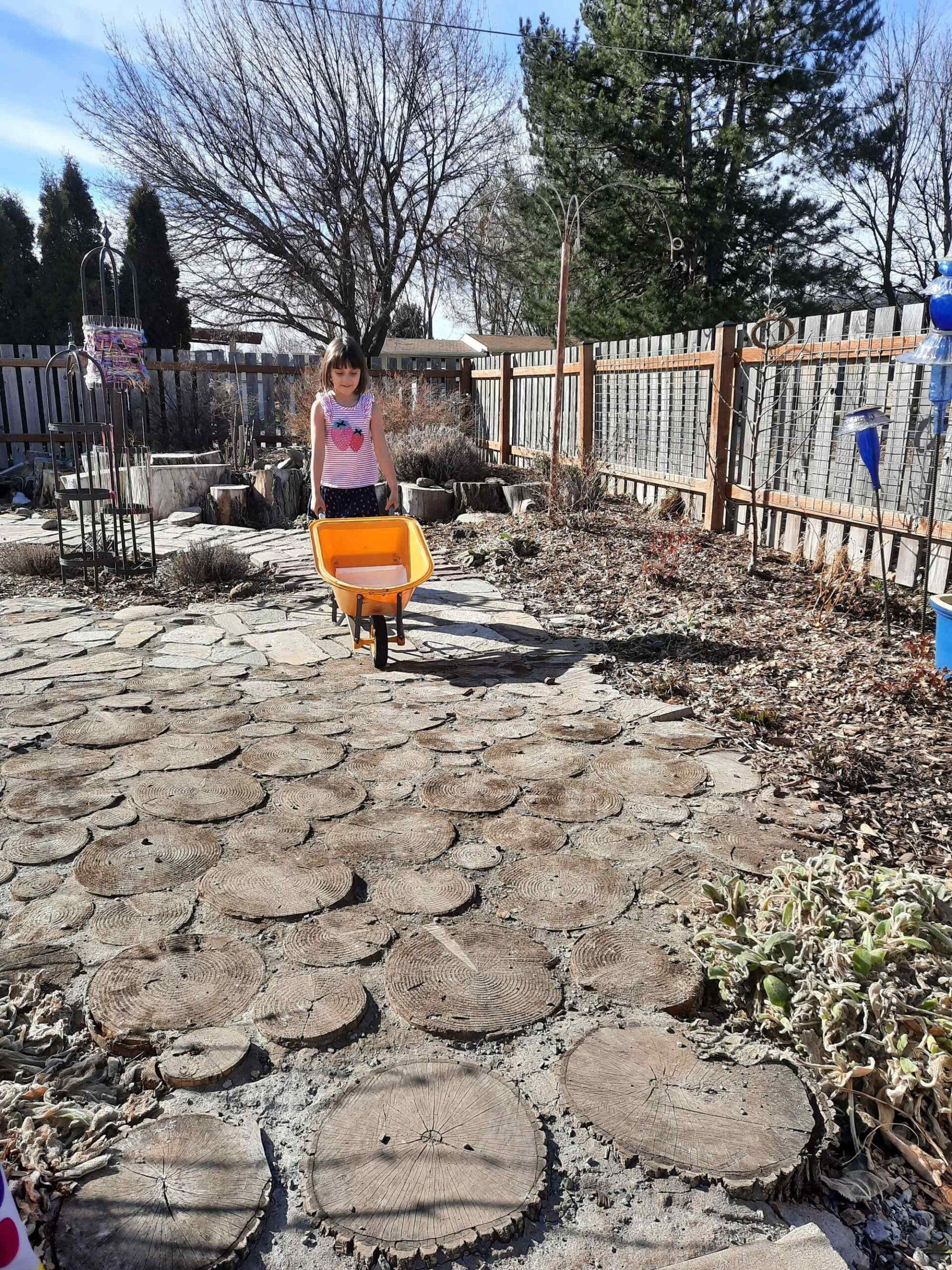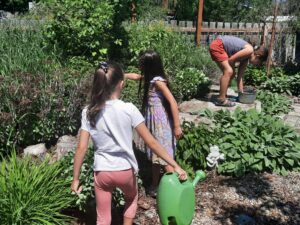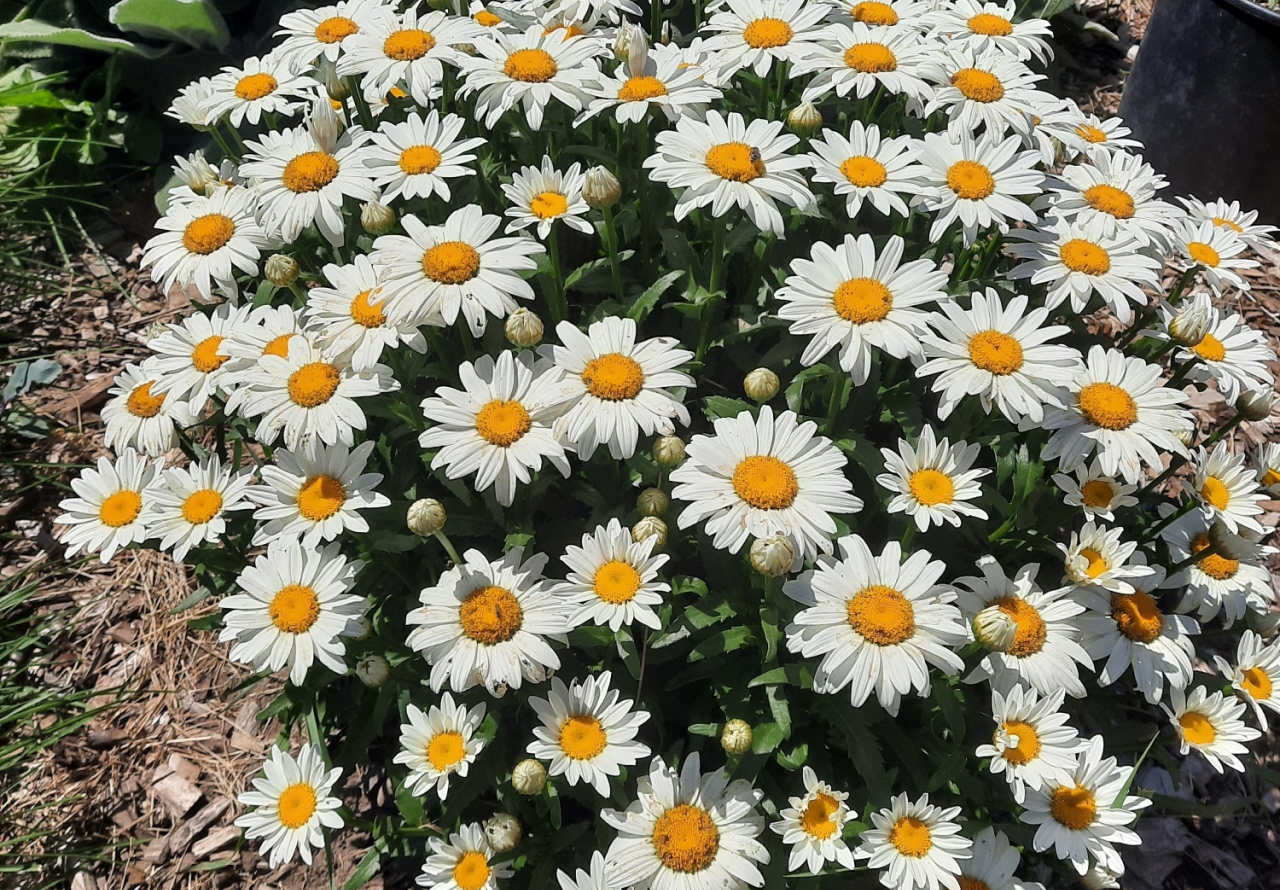
Proprioception is our body awareness sense!
Our proprioceptive (pro-pree-oh-cep-tive) system tells us where our bodies are relative to the things around us, and where our limbs are relative to our bodies.
Close your eyes and touch your nose with your pointer finger. This is your proprioceptive system at work!
Proprioception also has to do with the use of force necessary to do an activity, like coloring with a crayon with the right amount of force/pressure to not break it.
Just like the vestibular system, children’s proprioceptive system feeds on movement-based activities. A few play activities include:
CLIMBING up something and JUMPING off it, like boulders or a short set of logs, is great proprioceptive input. Many different muscles are being used and pressure is put on the upper and lower body joints. Balance and coordination skills are improved for better body confidence.

Big body movements like climbing and balancing feeds their proprioceptive system and increases body confidence.
Photo credit: Hara Allison Photography
GARDENING is filled with proprioceptive promise! Kids can use their bodies and tools in so many different ways while gardening. From planting seeds, to using a hand trowel, to raking, their bodies are getting good doses of stimulation.
When kids are PUSHING a child-sized wheelbarrow or PULLING a wagon are amazing play activities that involve balance, strength, and resistance.

Pushing a wheelbarrow full of water across a sensory path gives this little body some high-intensity proprioceptive stimulation!
HUGGING is gives deep pressure and calms the nervous system.
Playing with LOOSE PARTS, like branches, stones, pinecones, seed pods, and other natural materials, involves movement, balance, fine motor skills, and other activities for proprioceptive input.
ONE OF THE KEYS OF SENSORY PLAY is that children must be given the opportunity to find the right intensity of sensory stimulation for their systems. Not all kids seek the same sensory experience or the same intensity of that experience.
Providing varying intensities of proprioception looks like this:
Pulling a wagon that is empty (less stimulation) compared to pulling a wagon that is full of play props or friends (more stimulation).
Using a watering can that is partially full (less stimulation) compared to using a watering can that is full (more stimulation).
How can your kiddo feed their proprioceptive system in their play space?
How can sensory plants promote body awareness in children? That’s a darn good question and a fun one to brainstorm a few answers:
First, plants are awesome for loose parts play! I always toot the Loose Parts horn loud and proud because it’s an incredible multi-sensory activity, including proprioceptive value.
Ornamental grasses with fun seed heads that can be picked and used for loose parts play. Or, Autumn Joy sedum, which has an incredible fall seed head which can be used during the cold months for winter-time play activities.
Many evergreen trees and shrubs provide cones of all shapes, sizes, textures, and colors which are fun to build with.
Second, edible sensory plants often provide proprioceptive input, as well.
For example, if you have several blueberry bushes planted in your kiddo’s play area, kids will walk around the bushes to search for ripe berries, possibly squatting, bending, and moving aside branches to find a cache. They’ll also use their fingers to pick the ripe berries (pressure/force/coordination), and put them in their mouths (eye-hand coordination)
Gardening is one of my favorite activities for proprioception stimulation. Everything from planting seeds, to watering, to transplanting seedlings, to pruning, to picking and eating their harvest gives beneficial proprioceptive stimulation. Add in some different garden tools for extra value!

Proprioception in the garden looks like this. Hefting a watering can, climbing and balancing on logs, walking on uneven surfaces, and more!
Check out my eBook, Nature Play for the 7 Senses: A Parent’s Guide for Natural PLay & Learning Spaces for ALL Children


